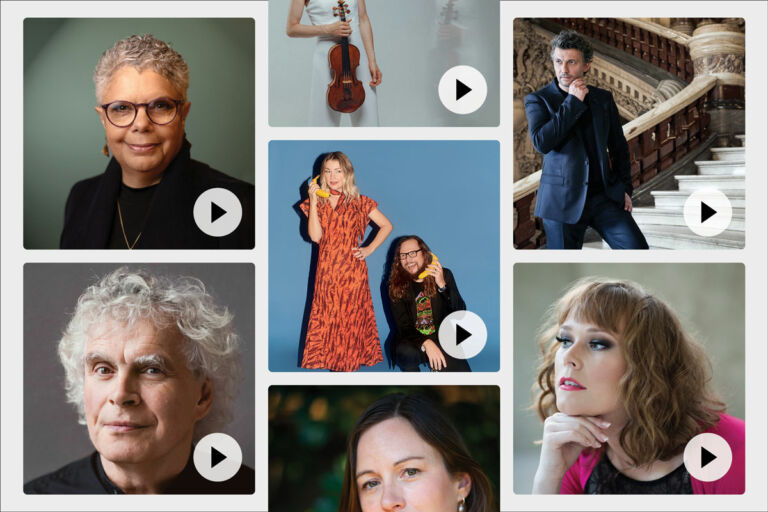By the time Beethoven premiered his Ninth Symphony, he had purportedly been deaf for seven years. Deaf! We hear this over and over, like a repeated motif. But 200 years ago, what was the message he was trying to project in this Symphony? What is the message still falling on deaf ears – ours not his?
I will not attempt to add here to the multitude of voices that speculate on the pretext of his Symphony No. 9, with interpretations that range from the spiritual and transcendent to the work’s historical context and the biographical mythmaking of a ‘hero’.

Miriama Young. Photo © Ishna Jacobs
What is writ large, literally, is the theme of universal brotherhood – an idea that famously pervades the anthemic choral finale with a setting of Friedrich Schiller’s An die Freude (Ode to Joy). Here is the first stanza translated into English:
“Joy, thou shining spark of God,
Daughter of Elysium,|
With fiery rapture, goddess,
We approach thy shrine!
Your magic reunites those
Whom custom strictly divided;
All people become brothers
Under Your gentle wing.”
Universal sister/brotherhood: Beethoven’s 1824 aspirations are more resonant and...
Continue reading
Get unlimited digital access from $4 per month
Already a subscriber?
Log in










Comments
Log in to join the conversation.